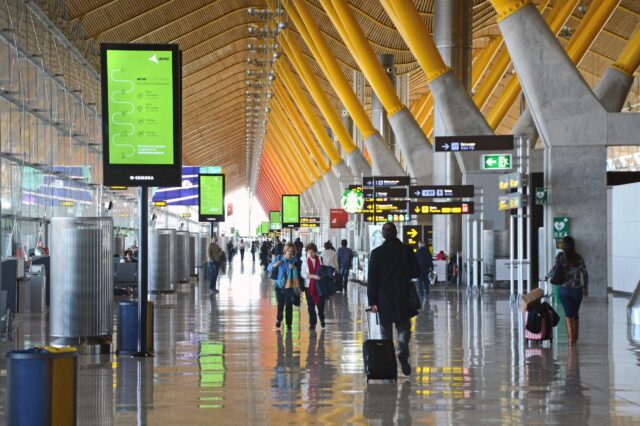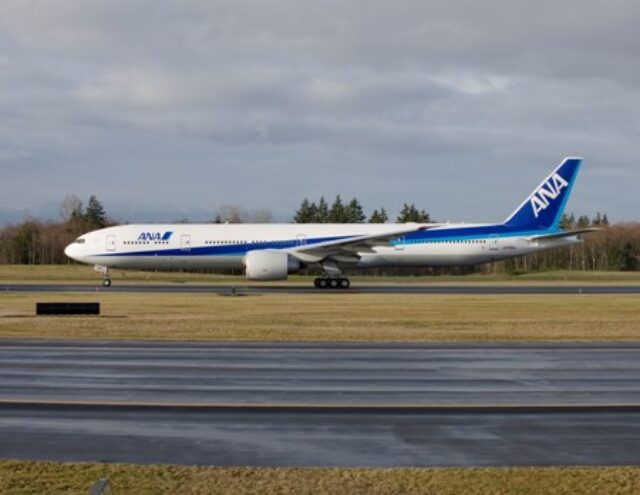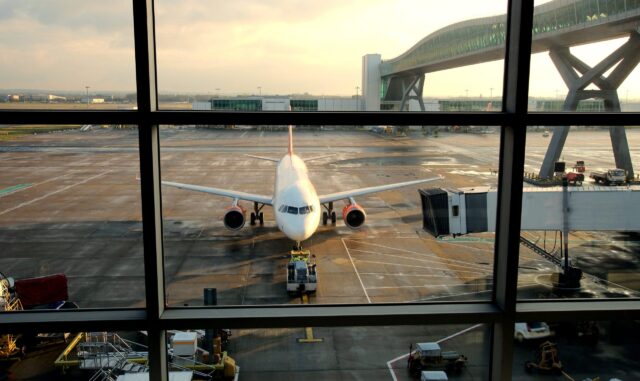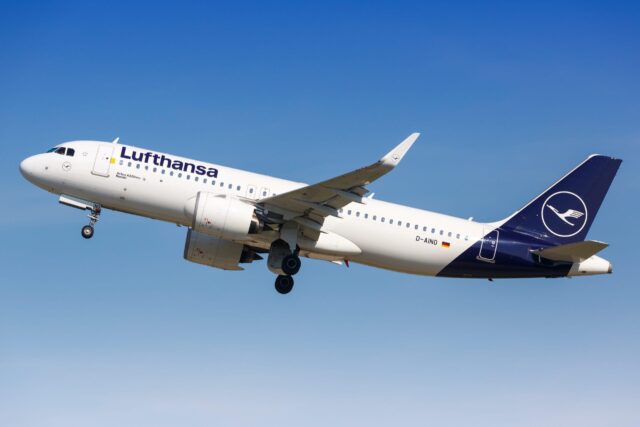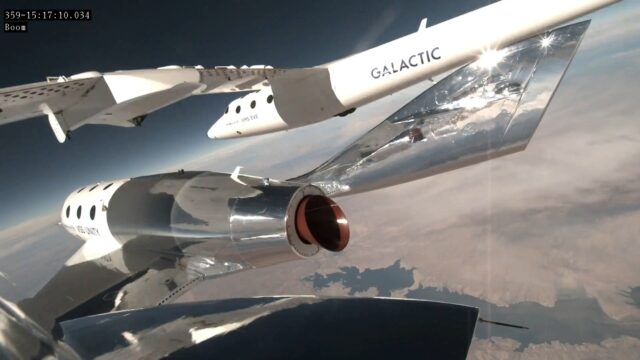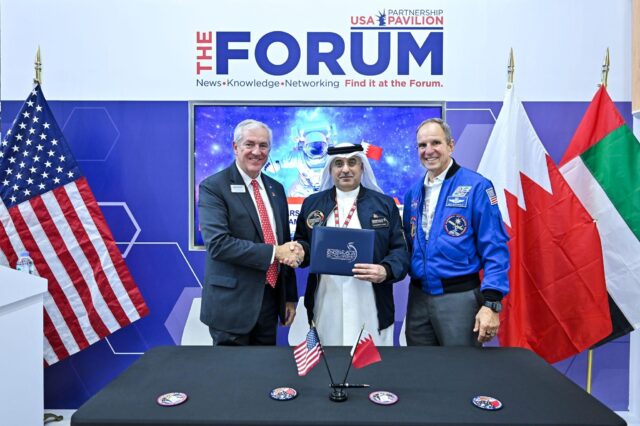Bipartisan bill to authorise ‘quiet supersonic flight’ filed in US
May 19, 2025

Legislation has been filed in the US Senate looking to overturn a so-called ‘speed limit in the skies’; proposing that a current federal ruling first enacted in 1973 be lifted to permit civil supersonic flight over land under certain conditions.
The Supersonic Aviation Modernisation (SAM) Act of 2025, proposed on 14 May, looks to overturn an existing regulation (CFR 91.817) dictating that no civil aircraft may exceed Mach 1; providing a 12-month window for the FAA to re-examine its existing ban.
“My bill would require the FAA administration to issue regulation permitting supersonic flight provided that no sonic boom reaches the ground,” confirmed Congressman Troy Nehls, chairman of the subcommittee on aviation for the House Transportation and Infrastructure Committee, who filed the bill along with US Senator Ted Budd.
“I firmly believe that if we implement a noise-based approach for supersonic, it will align with the original intent: protecting the public from noise disturbance while enabling the framework for innovation,” continued Nehls. “US manufacturers will be allowed to develop and test new supersonic aircraft faster, in a competitive market, at a time when maintaining US leadership in next-generation airspace and technology is critical”.
“The race for supersonic dominance between the US and China is already underway and the stakes couldn’t be higher,” added Budd, describing the existing regulatory approach as “outdated” and one that must be addressed to “maintain [US] global leadership I aerospace innovation”.
Boom Supersonic, developer of a Mach 1.7-capable airliner it envisions in operational service by the end of the decade, has been a strong supporter of updating legislation Boom founder and CEO Blake Scholl described as “simple and uncontroversial”. A strong campaigner in Washington for the regulatory relaxation, “I think ’47 will be the administration that overturns 52 years of red tape that’s been holding back supersonic flight,” wrote Scholl on social media.
Significantly, a recently-concluded flight test campaign of Boom’s XB-1 scaled demonstrator proved that supersonic flight is possible without an audible sonic boom reaching the ground, owing to the refraction of the air disturbance upwards through the atmosphere. Boom predicts that its so-called ‘Boomless Cruise’ will be possible at speeds of up to Mach 1.3, with the Overture airliner subsequently able to speed up over water.
Noting it has “been involved for decades in a worldwide collaboration to advance supersonic flight,” the National Business Aviation Association (NBAA) has also applauded the proposal. “The world is in a race to develop revolutionary transportation technologies, and this common sense approach fosters and environment where supersonic technology can thrive,” concluded NBAA president and CEO Ed Bolen.




